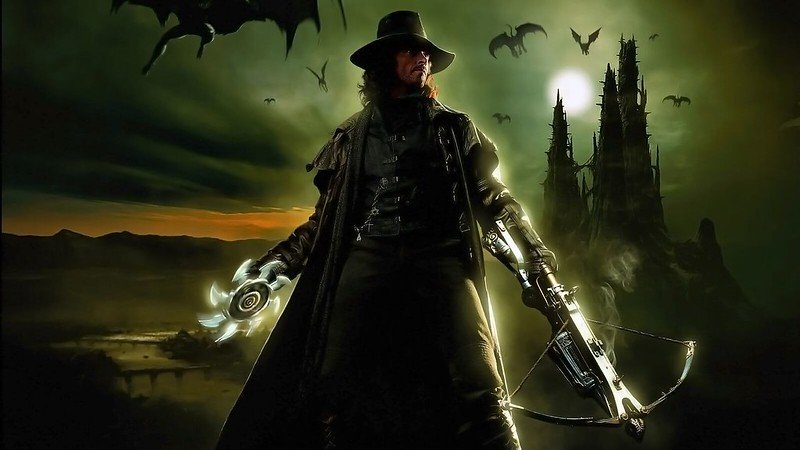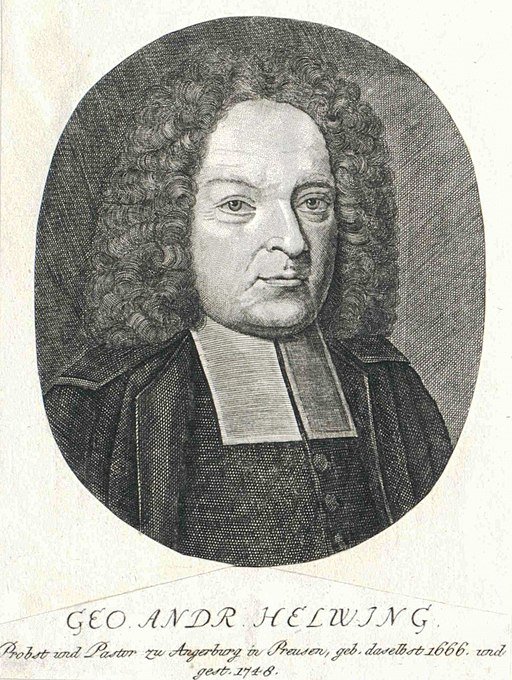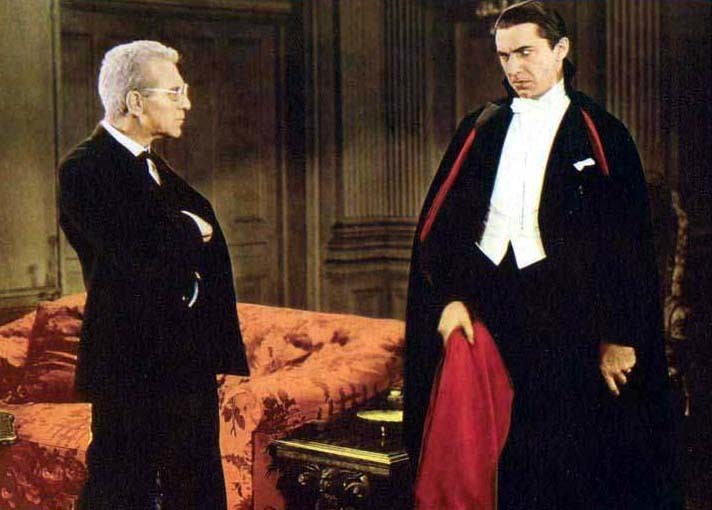
This week, for the third installment of our Dead Author Dedication in honor of Bram Stoker. We’re going to be discussing one of his characters who doesn’t get quite as much attention as the vampire king Dracula, but is still a character that blossomed beyond the original story by Stoker. The mysteriously knowledgeable and most famous vampire hunter, Dracula’s nemesis, Abraham Van Helsing.
Polish journalist Adam Węgłowski has claimed he has finally solved the mystery of our favorite good guy and that the Stoker character is actually based on the real-life of a historically documented vampire hunter. While it has been understood that Stoker may have originally modeled Van Helsing after a real individual, it wasn’t until Węgłowski’s research that a name could actually be attributed as the main source of inspiration.
Who Was the Inspiration for Van Helsing?
Born December 14, 1666, in Angerburg (known as Węgorzewo today)–Georg Andreas Helwing (or Helwig in some places), was a part of the Duchy of Prussia–a fief of the Crown of Poland. Helwing was an incredibly learned man of letters and a reportedly brilliant scientist. In Koenigsberg, Helwing studied philosophy and theology and pursued his education while traveling; eventually, Helwing ended up in Venice and Leida where he collaborated very closely with Herman Boerhaave, a Dutch Botanist.

It wasn’t until 1691 that he returned to his hometown; shortly following his father’s death, Helwing took up employment as a Lutheran pastor. Aside from his religious line of work, he was also a physician who took a great deal of interest in studying botany and other natural sciences while doing his duty as a clergyman. What is really interesting about Helwing though, is that despite his fairly mundane line of work, he was also a student of the paranormal and supernatural. This, of course, led him to study vampires and werewolves in particular and even went so far as to talk about how the inhabitants of Masuria fought supposed vampires by decapitating them during the bubonic plague epidemic. Węgłowski’s research shows that peasants of the time also had a “habit of stabbing the corpses with stakes.”
From Helwing to Van Helsing
So with what we now know about Georg Andreas Helwing and the little we know of the mythology of Van Helsing, are the two really connected in a meaningful way? Well, within the books and papers that Helwing wrote, many of those had to do with vampires; Węgłowski makes the link not only with the similarity of surnames but also with the kinds of education that both Helwing and Van Helsing pursued. Scholars believe that Stoker also had the fortune to find out about Vlad the Impaler–his inspiration for Dracula–from his friend Ármin Vámbéry, so it is speculated that he found out about Helwing from the same source.
While Helwing may have not hunted vampires in the sense that we might think today–he didn’t actually believe in vampires–he did hunt the folklore which led people to believe in them and therefore display the practices they did. In Helwing’s homeland, the bubonic plague (1708-1711) brought the height of vampire hysteria, where he was able to describe an incident where the people of the village found a monster; he reported that “after singing a song for the dead, the head was chopped off with a spade and thrown back into the tomb together with a live dog.” This was due to the widespread belief that the dead could rise from their graves as vampires and further spread the disease which was exterminating the population. Like Van Helsing though, Helwing risked his life to save those in danger, according to Węgłowski. The only difference is that Van Helsing attempted to kill monsters, and Helwing attempted to eradicate disease.

Abraham Van Helsing
Interestingly enough, Van Helsing has gone through a transformation in his appearance in television and cinema; in Dracula (1931) with Bela Lugosi as well as Bram Stoker’s Dracula (1992) with Anthony Hopkins, Van Helsing makes his appearance as a man who is more advanced in age. Television and cinema of the modern age are more likely to have Van Helsing be portrayed as a younger, rogueish looking, strong but not violent man in an effort to capture the hearts of women and spark a fan base. There are of course pros and cons to both portrayals of this character, an older Van Helsing while knowledgable seems frail, where a younger Van Helsing seems physically capable, but perhaps a bit less wise.
Popular Vampire Hunter Culture
Van Helsing is not the only vampire hunting character we have seen throughout vampire movies, because it seems that with every horror and adventure story involving vampires we get another hunter or slayer to rely on to save us from the monsters. Van Helsing’s status as a vampire hunter inspired such characters as Buffy Summers in Buffy the Vampire Slayer (1997 – 2003), Angel (1999 – 2004), the Blade franchise where we see the vampire-human hybrid Blade try to eradicate the vampire threat. Then we also have the underdog heroes, like the Frog Brothers in Lost Boys (1987) who represent those of us who don’t have super powers, but still have a powerful need to protect people from evil.

Georgia-based author and artist, Mary has been a horror aficionado since the mid-2000s. Originally a hobby artist and writer, she found her niche in the horror industry in late 2019 and hasn’t looked back since. Mary’s evolution into a horror expert allowed her to express herself truly for the first time in her life. Now, she prides herself on indulging in the stuff of nightmares.
Mary also moonlights as a content creator across multiple social media platforms—breaking down horror tropes on YouTube, as well as playing horror games and broadcasting live digital art sessions on Twitch.

